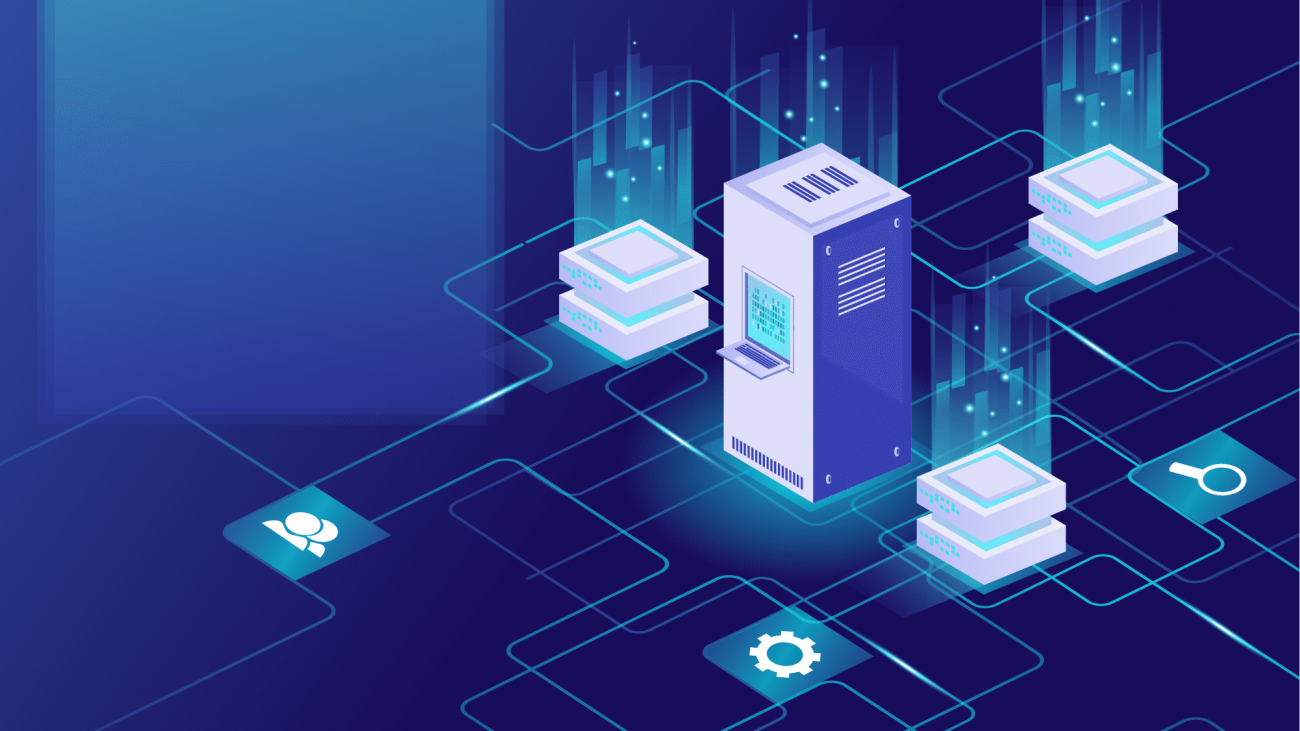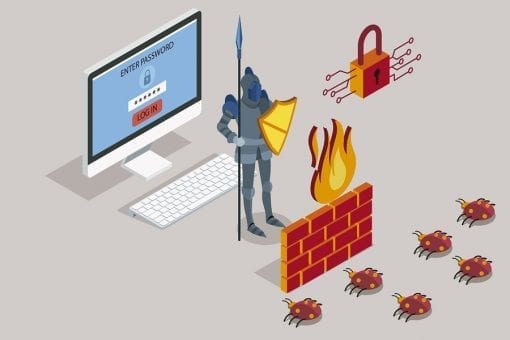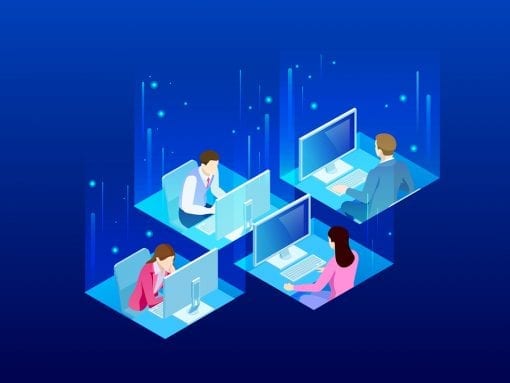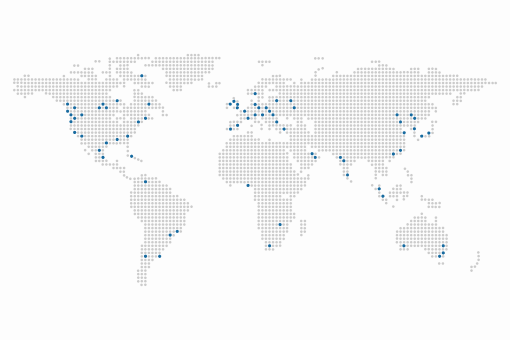Three Visitations
Just as Scrooge was visited by three apparitions, so shall ye be greeted by three specters. These are not hauntings to change your feelings for the holidays, though. These diaphanous blobs of ectoplasm are here to remind you about cybersecurity and how to think about it as the holidays pass and the new year begins. They are here to show you the three directions you must always look in as you think about protecting your network, users, and organization. Do you feel that chill in the air all of a sudden? Yes, that’s right: The Ghost of Cybersecurity Past has arrived.

The Ghost of Cybersecurity Past
There’s a knock on your office door. When you open it, you are face to face with the Ghost of Cybersecurity Past. It is small like a child, yet there’s something old about its face. It beckons you to follow it, and you both walk hand in hand into your cybersecurity past. Insert flashback special effects here.
Once in the past, you see how simple cybersecurity used to be. Organizations would set up firewalls to stop intrusion and install virus protection to deal with any viruses which found their way into your systems. Sometimes sites would be blacklisted so employees couldn’t access them. It was an early time, where organizations were slowly coming online for the first time. Things were new. And yet, it was during this time of technological change where the seeds of compromise were planted. (For a wonderful interview with the first person to create a virus, read this!)
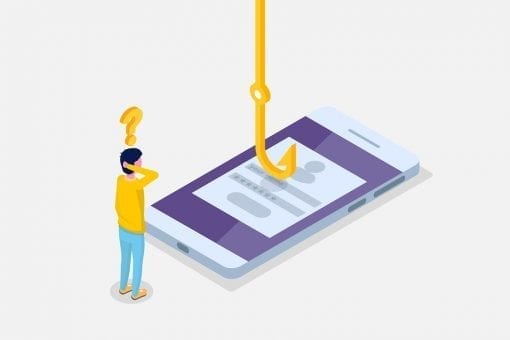
This was the beginning, the Ghost shows you, how organizations began to connect together, yet fought hard to remain separate and insulated. The Ghost leaves with a shiver (insert flashforward special effects here), and you are alone.
The Ghost of Cybersecurity Present
But you are only alone for a millisecond before a loud, booming knock shakes your office. It is the Ghost of Cybersecurity Present. This Ghost is not small like your first spectral visitation; this Ghost is a giant. It is the present, after all. The world is all connected, everything is attached to the Internet, and there are malicious third-parties hiding in every nook and cranny waiting to feast on your data. The present of Cybersecurity is expansive, as it strives to protect a global attack surface where over 77% of organizations have suffered some form of attack in 2018 alone.
Gone is just putting up walls and patching holes after they appear. Current cybersecurity must be proactive and seek to shore up weak spots before they become holes. It must evade and obscure, encrypt and disappear. It is as giant an undertaking as the Ghost who is by your side.
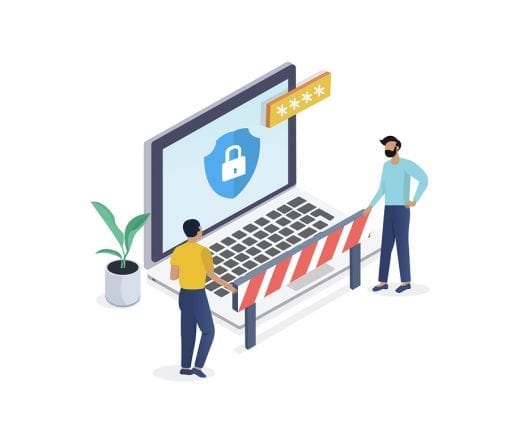
You turn exhausted and you notice the Ghost is similarly spent. And yet it shows you two more things: children hiding in the robes around its feet. “These are Connectivity and Privacy – the two issues that plague all humankind now,” the Ghost explains. Each child grabs and hangs onto one of the Ghost’s arms and you watch as he attempts to balance them. You silently nod, realizing this balancing act is what makes the present state of cybersecurity so difficult: managing everyone’s interconnectivity, while respecting and protecting their privacy. Before you can say another word to the giant spirit, you are alone again.
The Ghost of Cybersecurity Yet to Come
Before you can take three breaths, you feel a presence behind you. Turning, you lift your eyes and behold a solemn Phantom, draped and hooded, coming, like a mist along the ground, towards you. If drifts along, taking you somehow with it, into the future of cybersecurity.
Clouds roll in and lightning flashes. In front of you, there are no more wires. There are just vacuum cleaners talking to microwaves talking to thermostats talking to computers talking to cars talking to cell phones talking to cloud storage talking to…. well, you understand.
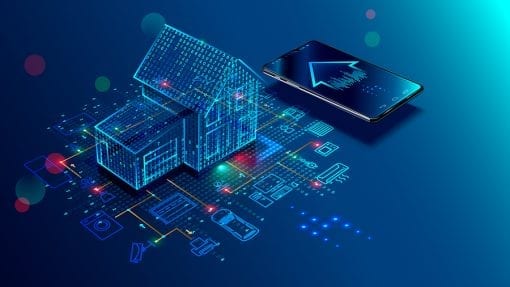
In the future, everything is connected and nothing exists in an isolated state. All new electronics access the Internet to provide more services to the user. It’s as if the digital world is made of whiffle balls — little points of access surrounded by holes that third-parties can exploit. The battlefield of the cybersecurity warrior of the future is one who instantly goes on the offensive when bringing a new device, network, or user online. One who moves their defense all around them, dynamically altering it as they go; one who appears to be one place and then another and then nowhere at all.
The future of cybersecurity is both terrifying and exciting — exciting because of the new tech which will be developed, but terrifying because each new connected device is also a new attack surface, so compromise can come from anywhere (not just the single point of entry from a modem like in the past).
But don’t be afraid. As the Ghost of Cybersecurity Yet to Come pulls back its hood revealing a sickly, skeletal form (looking ever so much like the Grim Reaper), you are reminded of the Death Tarot card. In Tarot, the Death card represents change. The Ghost is reminding you of the change that is to come in how you deal with cybersecurity, spurring you on to embrace that change. And then it is gone.
Bonus Ghost: Marley
You are left standing in the room where you started. No one is around, and no time has passed (the Ghosts have those timey-wimey, Twilight Zone skillz). There’s a lot of work to do. ‘But the title there mentions a bonus Ghost,’ you wonder, ‘where and who is this extra apparition?’

The fourth Ghost, reader, is the one writing these words. The one warning you to look to the past, present, and future as you craft your cybersecurity plans and processes. The one showing you the best way to prepare for the future is to combine the visions each Ghost showed you into one ever-evolving plan; the one who puts a little plug at the end of this night of visitations for an enterprise software product which can bring you leading-edge technology, the future of cybersecurity, today. That product is Fognigma.
Learn more how Fognigma can give your organization more than a ghost of a chance.


